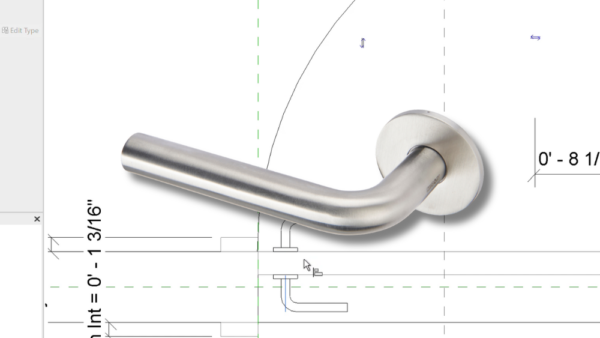
The Guild of Architectural Ironmongers (GAI) has strongly challenged new UK Government proposals for fire door testing.
The proposals from the Department for Levelling Up, Housing and Communities (DLUHC) would remove the national classification system for construction products – BS 476 – and instead require classification to the British Standard version of the European Standard EN 13501, with testing to EN 1634 test standards becoming the new norm.
In its consultation response, the GAI argued that there is no evidence to suggest that this change will make fire doors any safer. It will, however, have significant impacts throughout the architectural ironmongery and construction sectors.
The removal of assessments of products which can be fitted to fire doors will contribute to reduced interchangeability of fire door hardware, inevitably leading to product shortages and delays. The multi-million-pound cost of retesting thousands of products is among a number of factors that would create competitive advantages for large global door manufacturers at the expense of specialist UK hardware businesses.
Reduced export opportunities and increased reliance on overseas products would in turn lead to a substantial loss of British jobs and expertise. Price rises as a result of these changes also introduce the risk of value-engineering and reduced specification – and therefore greater safety risk – on fire doors.
‘Immense damage’
GAI chief executive Simon Forrester said: “We believe that in its current form, this proposal will cause immense damage to the UK’s world-class architectural ironmongery sector, and problems throughout the architectural and construction sectors, while failing to deliver any meaningful benefits.
“BS 476 – or more specifically, part 22 of that standard – has successfully delivered robust safety assurances for timber fire door users for many years and is still widely recognised as fit for purpose. Indeed, post-Grenfell, testing volumes have increased even further in response to the demand for more primary test evidence.
“Among our members are companies that have spent hundreds of thousands of pounds on this testing this year, with similar amounts budgeted for next year and beyond. One of our members has cited that its business alone has more than 600 BS 476 part 22 tests which will become redundant if the proposed changes go ahead.
“With the cost of each typical fire test up to £11,000, and current waiting times at six months or more for each test, and then another six months for the report, retesting would cause huge disruption throughout the hardware and construction sectors, and cost the industry many millions of pounds – a cost which would have to be passed on to developers and ultimately the consumer.”
No evidence of safety benefits
The GAI’s consultation response concludes: “We do not believe that there is any evidence to suggest that moving to classification in EN 13501 will make fire doors any safer or deliver any meaningful life safety benefits… We urge the Government to retain the acceptance of classification according to BS 476 22 for timber doors in order to help retain a significant body of test data, to safeguard product availability for UK customers, and to protect vital overseas markets which have become particularly important for many UK door hardware manufacturers and suppliers, and are a great British export success story.”
Read the full GAI response to the DLUHC consultation on the removal of National Classes from Approved Document B on the GAI website at www.gai.org.uk/advocacy








